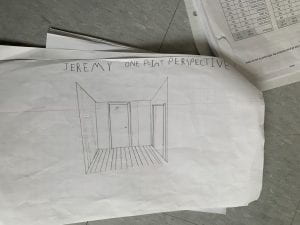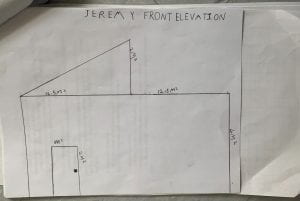This is my memory project that we made in English class:
Monthly Archives: April 2024
Jeremy’s Tiny House Blog Post
For our project we researched tiny houses and how they can be more sustainable than normal houses. Tiny houses are houses that are much smaller than regular houses; they are both cost efficient and environmentally friendly. They have been getting more popular in the last several years. Tiny houses are becoming more popular because they are more affordable and they can help reduce people’s carbon footprint. In addition another positive thing about tiny homes are that you can put your home in way more places, and do not need a large piece of land. However, a downside is they cannot accommodate big families, and you do not have a lot of space to keep and store many things.
Despite these negatives tiny homes are very sustainable. Tiny houses contribute less greenhouse gasses to the environment. Tiny houses help lower our carbon footprint because they are smaller which means that they take less resources to build, they use less electricity to run, and they do not have to be hooked up to the grid. They could, for example, work completely off solar power.
This is important because greenhouse gasses are gasses that are very bad for the planet. They warm up the earth and do not let the hot air out. They are what create a carbon footprint. A carbon footprint is the way that people measure the amount of greenhouse gasses you emit. To calculate a carbon footprint you have to add up all the emissions that you have contributed through your daily lifestyle. For example add up your electrical, gas, and oil bills and add in the mileage on cars and planes. For a good calculator use this link https://www.carbonfootprint.com/calculator.aspx.
In this project we got to design our own tiny house. In my design I used sustainable materials. My tiny house used slate for the roofing and wood for the flooring. My resources promote sustainable living by being very durable while also being very beautiful. While slate does need to be mined, it rarely has to be replaced. I chose wood for my flooring because it does not emit chemicals and it is less wasteful then carpets. The reason for this is that when carpets break they are thrown away. The flooring can be reused as reclaimed wood. My goal for all other furniture was to use reclaimed or recycled materials whenever possible.
During this project I was surprised many times after I researched about sustainable vs non sustainable resources. Some questionable things were that the prices for renting vs owning a house are not that different. All of this work really led me to ask how I could be more environmentally friendly and reduce my own carbon footprint. I also wondered how it would be possible for large families who could not live in a tiny house, what can they do?
Now when I think about the project I am most proud that I learned so much about sustainability in homes and feel that I can make more environmentally friendly decisions. This makes me feel more confident that I can help save the one and only earth that we live on. Some changes I would like to make if I was the one who assigned this project is that I would make the reading sections a little more accessible. I would also have liked to build one of these homes, even if virtually, as they would have helped bring it all together for me. I did encounter a few struggles during this assignment (like doing a 1 point perspective) but I tried to ask questions and get more help. All in all this project was a great opportunity for me to learn more about our environment and how to protect it.
Here are the pictures of the math section from this project.


